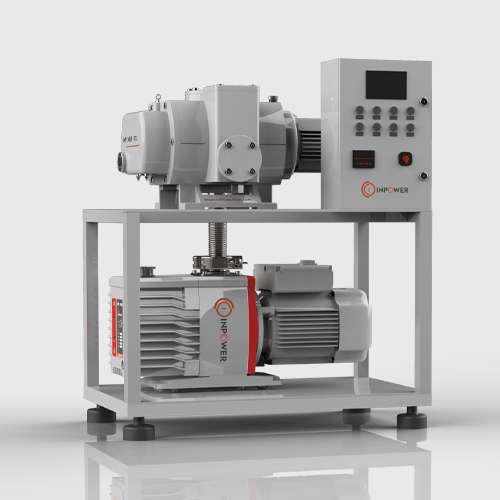Table of Contents
- Introduction
- What Are Dry Running Vacuum Pumps?
- Technological Advancements
- Applications of Dry Running Vacuum Pumps
- The Future of Dry Running Vacuum Pumps
- Conclusion
Introduction
In an industry aiming for cleaner and more efficient technologies, dry running vacuum pumps are gaining immense popularity. These pumps promise a sustainable and high-efficiency solution for many industrial applications, paving the path for “Dry and Mighty: The Future of Dry Running Vacuum Pumps.” This blog dives into the technological advancements, applications, and future prospects of dry running vacuum pumps, emphasizing how they are set to redefine industry standards.
What Are Dry Running Vacuum Pumps?
Dry running vacuum pumps, unlike traditional oil-sealed pumps, operate without any liquid for sealing or lubrication. This characteristic offers a clean and eco-friendly alternative, eliminating the risk of oil contamination in processed materials. It also means less maintenance and lower operating costs.
Key Features:
- No oil contamination: Ensures cleaner operation
- Reduced maintenance: Lowers downtime and servicing periods
- Energy efficiency: Often designed to consume less power
Technological Advancements
Energy Efficiency
One of the significant advancements in dry running vacuum pumps is energy efficiency. Manufacturers are developing pumps with improved designs to minimize energy consumption while maximizing performance. The use of variable speed drives, optimized rotors, and high-efficiency motors are some examples.
- Variable Speed Drives (VSDs): These allow the pump to adjust its speed according to the required vacuum level, conserving energy.
- Optimized Rotors: Designed to reduce friction, thereby saving energy.
By integrating these advancements, firms can meet their sustainability goals while also reducing operational costs.
Enhanced Durability
The new generation of dry running vacuum pumps boasts enhanced durability. These pumps are built with robust materials that withstand extreme conditions, making them suitable for a wide range of applications.
- High-Quality Materials: Use of corrosion-resistant materials to extend lifespan.
- Advanced Coatings: Protective coatings that further enhance durability.
Applications of Dry Running Vacuum Pumps
Pharmaceutical Industry
Dry running vacuum pumps are crucial in the pharmaceutical industry due to their ability to maintain a contamination-free environment. They ensure the integrity of delicate processes like freeze-drying, vacuum distillation, and filtration.
- Freeze-Drying: Ensuring that the product remains uncontaminated and stable.
- Vacuum Distillation: Offers a clean and efficient way to separate components without contamination.
Chemical Processing
In chemical processing, the use of dry running vacuum pumps is essential for maintaining purity and preventing contamination. These pumps are ideal for processes like solvent recovery, degassing, and crystallization.
- Solvent Recovery: Allows efficient and pure extraction of solvents.
- Degassing: Ensures removal of gases without introducing contaminants.
The Future of Dry Running Vacuum Pumps
The future of dry running vacuum pumps looks incredibly promising. As industries continue to prioritize sustainability and efficiency, these pumps will become increasingly integral to various applications. Innovations are likely to focus on:
- Smart Technologies: Integration with IoT for real-time monitoring and diagnostics.
- Advanced Materials: The development of even more durable and energy-efficient materials.
- Customization: Tailoring pumps to meet specific industrial requirements.
Additionally, the ongoing focus on reducing carbon footprints and adhering to environmental regulations will likely expedite the adoption of dry running vacuum pumps.
Conclusion
Summary
The rise of dry running vacuum pumps marks a significant milestone in industrial applications. Their energy efficiency, reduced maintenance, and contamination-free operation make them an excellent choice for the future. As technology continues to evolve, we can expect these pumps to become even more efficient and integral across various industries.

0 Comments